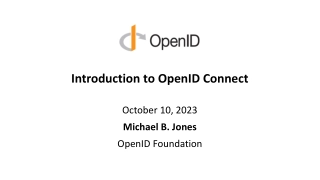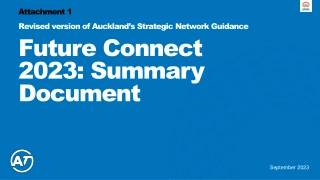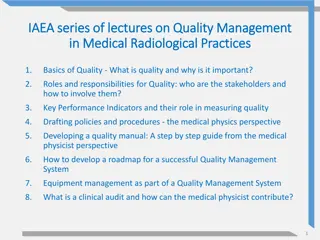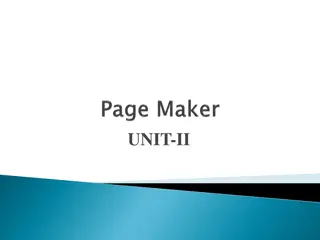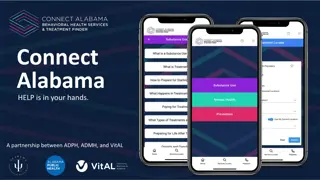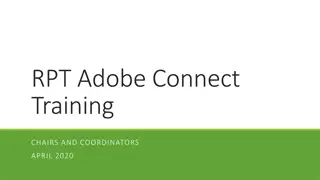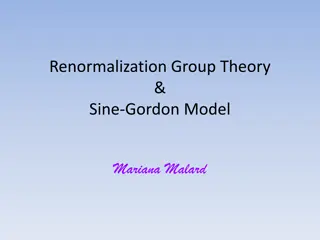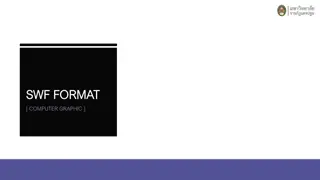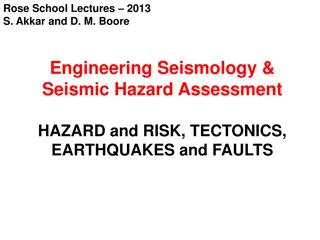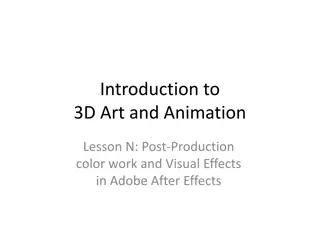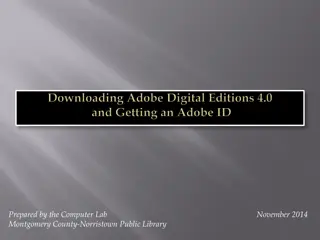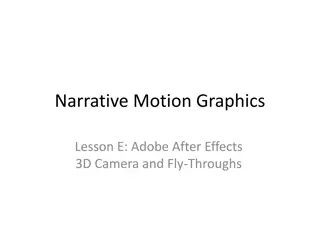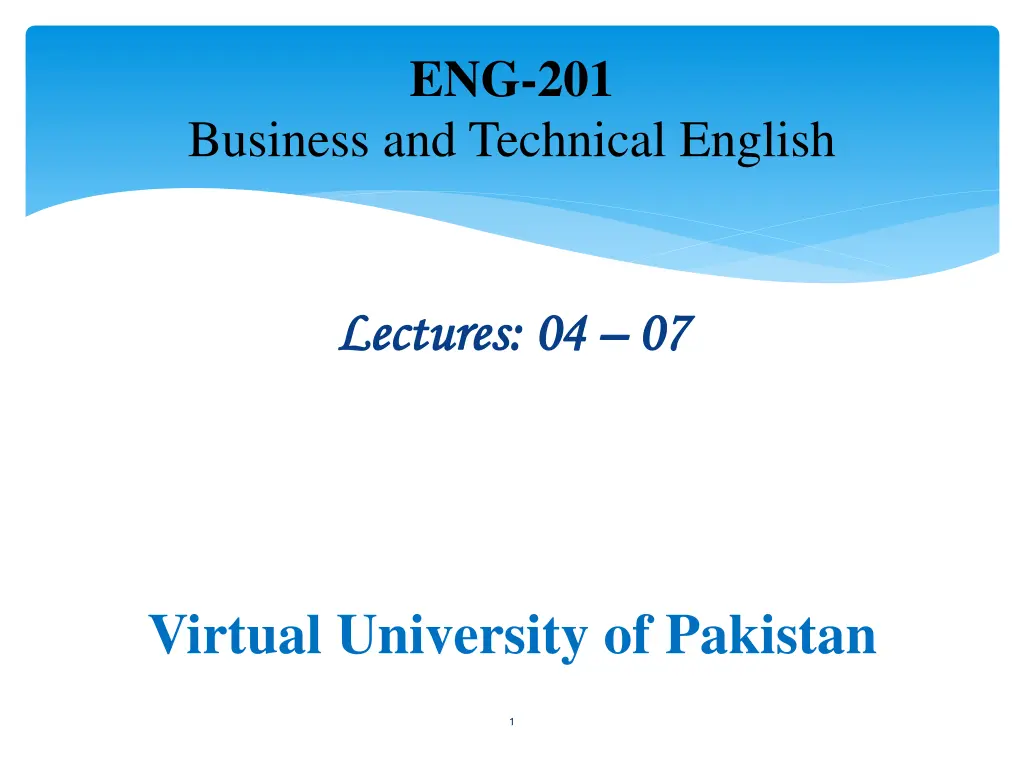
Effective Communication Strategies for Target Audiences
Learn about audience analysis, types of experts, and objectives of communication for enhancing effective communication. Understand implicit and explicit purposes in communication and gain insights on using examples. Discover guidelines to improve communication effectiveness.
Download Presentation

Please find below an Image/Link to download the presentation.
The content on the website is provided AS IS for your information and personal use only. It may not be sold, licensed, or shared on other websites without obtaining consent from the author. If you encounter any issues during the download, it is possible that the publisher has removed the file from their server.
You are allowed to download the files provided on this website for personal or commercial use, subject to the condition that they are used lawfully. All files are the property of their respective owners.
The content on the website is provided AS IS for your information and personal use only. It may not be sold, licensed, or shared on other websites without obtaining consent from the author.
E N D
Presentation Transcript
ENG-201 Business and Technical English Lectures Lectures: : 04 04 07 07 Virtual University of Pakistan 1
Audience Analyses Target audience is a particular group of people, identified as the intended recipient of an advertisement or message. Also called target population. 2
Types of experts General experts Specific experts 3
Audiences use of Document Audience s General Purpose Readers of technical and scientific writing, whatever their level of expertise, read a document for three general purposes: to acquire information to take help in decision making to learn how to do something 4
Objectives of Effective Communication Explicit Purposes to provide information to give instructions to persuade the reader to enact (or prohibit) something 5
Examples Brand of chips is the crispiest, crunchiest and most delicious brand of chips you will ever taste. Buy a bag today. There are rules that stop people with certain vision problems from driving at night. I think you should stay intact. Mr. Trump's lawyers insisted during the meeting that the president was under no obligation to face questions by federal investigators in relation to the Russia inquiry. In Q1, you have to choose the affix (either prefix or suffix) from the given word and write down in columns given below. 6
Implicit Purposes to establish a relationship to create trust and establish credibility to document actions 7
Examples "We won the best service award; twice!" You should work with us. A male kangaroo can disembowel someone," says Mr. Piper. "They don't set out to do it, but that's the nature of how they fight: they kick with their big rear legs. The student was too lazy to do his homework, so he outsourced it to a social media site called Quora. 8
Guidelines for Effective Communication Identifying the final result you want from your communication. Identify how you want to alter the readers attitudes. Identify and learn about your readers important characteristics Learn the types of your possible readers Fill in a sample worksheet that should be kept in mind when defining objectives. 9
ACCURACY, CLARITY, CONCISENESS AND COHERENCE ACCURACY 10
It means that accurate and correct information should be provided in a document. There should be a careful presentation of true and factual details. 11
Types of Accuracy Document Accuracy Stylistic Accuracy Technical Accuracy 12
Clarity It means that your writing material should not be much difficult or ambiguous. The ideas should not be unclear or vague. It should be clear to understand. The language used should be understandable for the readers and according to the level of the readers. 13
Types of Clarity Structural Clarity Stylistic Clarity Contextual Clarity 14
Conciseness It means that the document should have only the required material. It should not have each and everything about a topic instead it should be to the point. Only necessary information or material should be added in a concise document. 15
Coherence It is the quality of a piece of writing, in which information will be presented in a logical manner. For example, if you are going to explain an event held in an office. You will start from the beginning. It will not be a right option that you start writing the event from the beginning then jump to the end and again came back to the beginning. There should be a logical sequence of presentation. 16
Strategies to Develop Coherent Paragraph exemplification analysis comparison and contrast definition enumeration description 17

